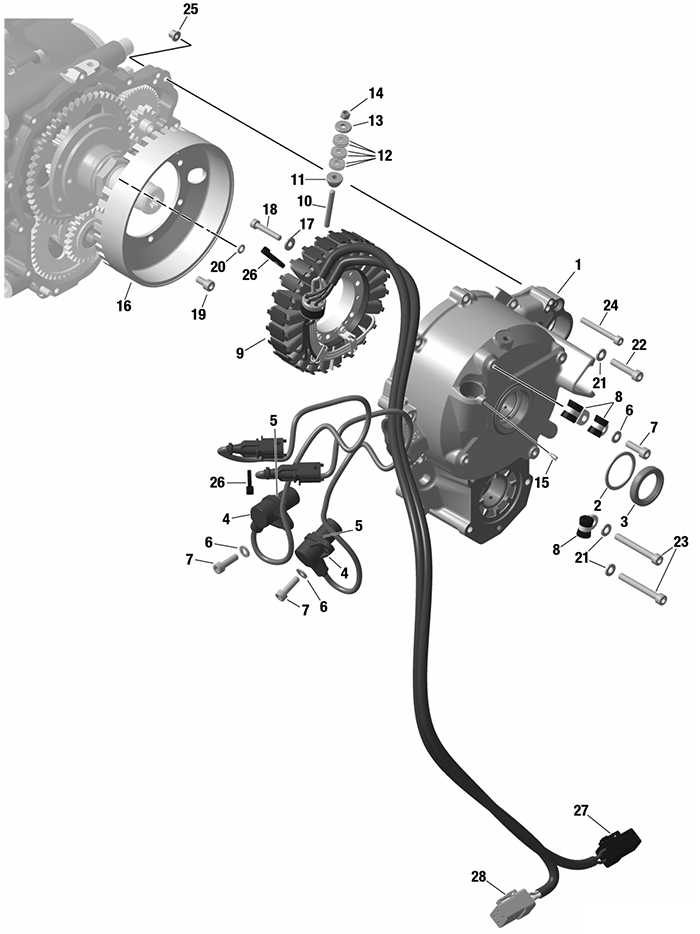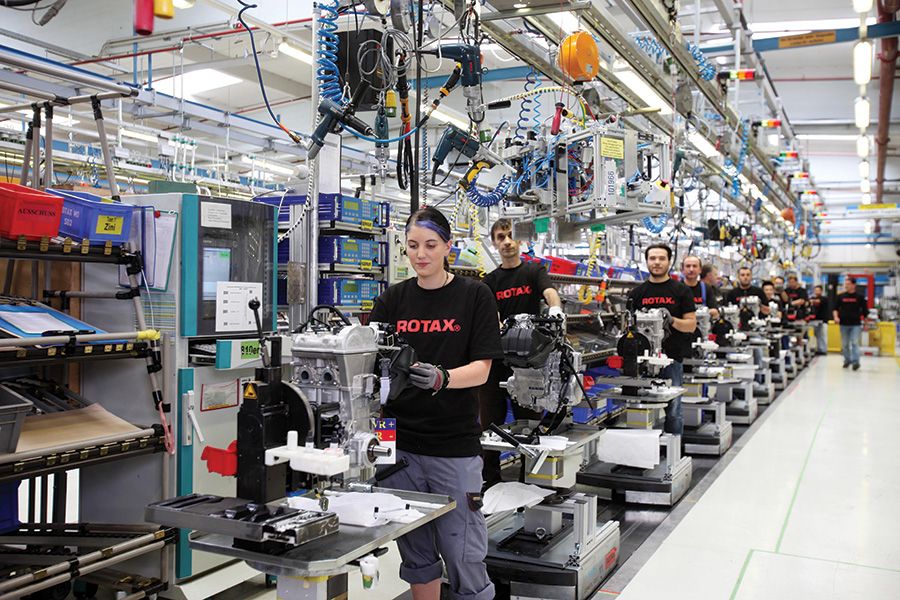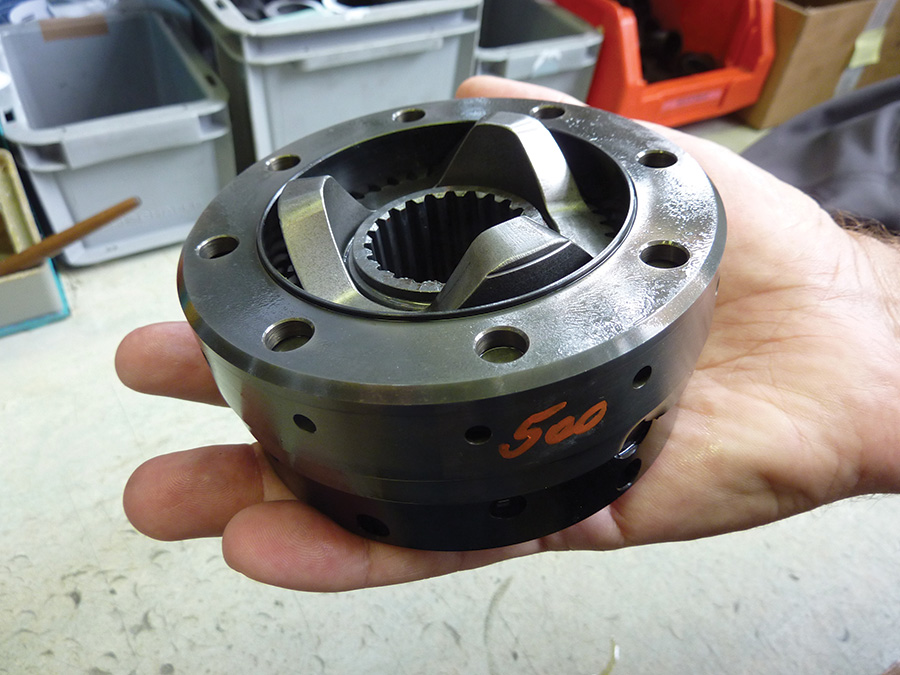loftus
Super Member
- Joined
- Mar 17, 2013
- Messages
- 1,351
- Location
- Ponce Inlet, Florida
- Aircraft
- Aircam; Previously owned Autogyro MTO
- Total Flight Time
- 800 hours
I don't think this ought to be a Yamaha vs Rotax discussion. Rotax are great, reliable engines with all the factory support, service advisories etc that go with certified aircraft engines. Fortunately the non-certified engines get pretty much the same benefits in this regard as the certified engines. True Rotax are expensive, technology possibly a little dated and conservative - but again probably related to the logistics of being certified engines.
Lycoming and Continental are the most dated of them all, but still the go to standard in civilian aviation. The more conservative approach suits most of those like myself who are either not homebuilders, or people who would rather use 'stock' aircraft engines in their aircraft and for whom guaranteed factory and dealer support are essential. (Worldwide)
Yamaha not being part of the certified family will appeal to those who are ready to step out of the envelope in order to benefit from things like price, more power etc. But remember that option is available for all engines, including Rotax, Lycoming (clones particularly) etc. Rotax 914 mods for example can provide upwards of 160HP with some racing mods being even higher.
I think if Yamaha were to enter the aircraft market they would definitely be competitive, but are hardly likely to be sold anywhere near to their current prices. Same goes for all the car mods like Suzuki and Aeromomentum out there.
Lycoming and Continental are the most dated of them all, but still the go to standard in civilian aviation. The more conservative approach suits most of those like myself who are either not homebuilders, or people who would rather use 'stock' aircraft engines in their aircraft and for whom guaranteed factory and dealer support are essential. (Worldwide)
Yamaha not being part of the certified family will appeal to those who are ready to step out of the envelope in order to benefit from things like price, more power etc. But remember that option is available for all engines, including Rotax, Lycoming (clones particularly) etc. Rotax 914 mods for example can provide upwards of 160HP with some racing mods being even higher.
I think if Yamaha were to enter the aircraft market they would definitely be competitive, but are hardly likely to be sold anywhere near to their current prices. Same goes for all the car mods like Suzuki and Aeromomentum out there.







